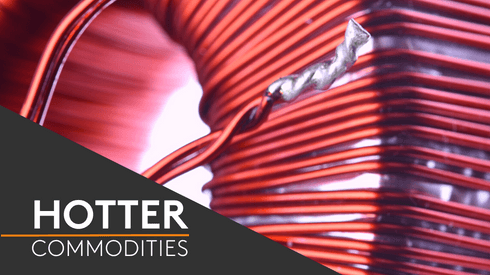Identifying the right timelines to deploy capital to increase conversion capacity available for lithium compounds will be crucial to ensure future supply will meet the rise in demand from the battery sector, executives at three major lithium producers, Albemarle Corp, SQM and Livent, said during the opening panel of the conference on Tuesday October 26.
“As the market starts to recover in demand, the challenge will be meeting that demand, and adding that capacity fast enough [to meet demand growth],” said Tina Craft, Albemarle’s chief commercial officer and vice president of commercial operations.
While the lithium market has been going through a prolonged bearish cycle in 2019 and 2020 characterized by oversupply and low prices, the outlook remains one of long-term growth for the sector, fueled by the push towards electromobility in both Asia and the West.
Lithium demand is expected to grow to about 900,000 tonnes LCE (lithium carbonate equivalent) per year by 2025, according to William Adams, Fastmarkets’ head of battery raw materials and base metals research, compared with a consumption of 300,000 tonnes estimated for 2020.
Low prices had previously prompted producers to hold their expansion plans but, against the expected long-term bullish outlook, these would have to resume to follow the market growth.
The availability of capital needed for such growth will be a determining factor in this sense, according to Livent’s chief commercial officer, Walter Czarnecki.
“Total demand for lithium is set to triple in next decade. That’s $10 billion of expansion capital needed, from an industry generating $3 billion today,” Czarnecki said.
The ongoing Covid-19 pandemic and its widespread effect on the performance of national economies and supply chains adds to the difficulty in outlining future business strategies and set out timelines for investment.
This translates into an issue of timing for deploying capital into new processing capacity.
“You have to make those decisions 18-24 months before a plant comes online: [you have to be] able to see when demand starts to pick up and have confidence in the right economics to invest in lithium supply,” Craft said.
“The resources are there. It’s about having the economics in place that support the build-up of your conversion capacity.”
Expansion plans on hold
Czarnecki spoke about how Livent suspended all deployment of growth capital for expansion, citing the bearish lithium price environment during 2019-2020 as a fundamental consideration in driving this decision.
Back in February, the company announced it was delaying its planned schedule of expansion due to low prices.
Likewise, Albemarle responded to the falling prices and overcapacity in a similar way.
“In 2019 we responded [to the weak pricing outlook] by reducing some of our conversion capacity plants we thought we were going to bring online after 2021. This been slowed out [further] with Covid-19,” Craft said.
Albemarle announced last year it was postponing the works at its Salar de Atacama facilities in Chile, La Negra III and IV.
SQM stood out in this regard because the company has so far maintained its scheduled expansion plan – aiming to reach an output of 120,000 tonnes of LCE in 2021.
“We are confident about the demand trend. Although the first half of the year was very weak, in the last few months we’ve seen better demand. Europe EV sales are showing a good trend. All in all, we estimate demand for 2020 would be similar to 2019,” SQM’s commercial vice president for lithium, Felipe Smith said, citing some applications showing growth such as portable devices and e-bikes in China.






